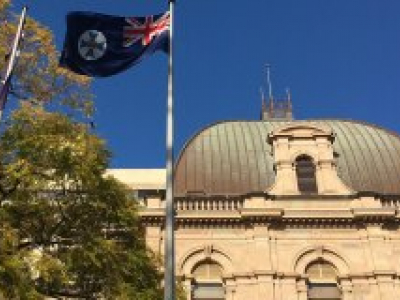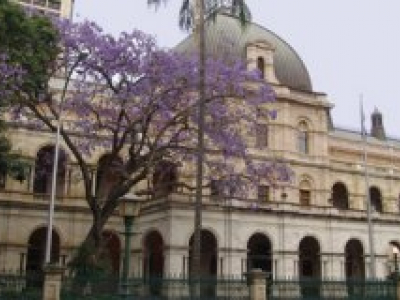Overview
Most public sector entities, including departments, statutory bodies, and government owned corporations and the entities they control, prepare annual financial statements and table these in parliament. Each year the Treasurer also prepares consolidated state government financial statements. The consolidated state government financial statements separately disclose transactions and balances for the general government sector and the total state sector.
The general government sector is part of the total state sector, which also includes public financial corporations and public non-financial corporations. Public financial corporations are government-controlled entities, which borrow and invest on behalf of the state government and public sector entities. Public non-financial corporations are government-controlled entities engaged in producing market goods and providing non-financial services including energy generation and distribution, water distribution, and rail and port services.
This report summarises the results of our financial audits for all entities that the Queensland Government owns or controls.
Audit results
We issued unmodified audit opinions on 97.1 per cent of the financial statements prepared by Queensland state public sector entities. Readers can rely on the results in these audited financial statements. We issued unmodified opinions for all entities consolidated in the Queensland Government’s financial statements, including the departments.
In total, 86.0 per cent of Queensland state public sector entities met their legislative timeframes for financial reporting. This is a slight decrease on the prior year (87.2 per cent). All entities consolidated in the Queensland Government’s financial statements met their legislative timeframes.
The Queensland Government’s consolidated financial statements were also free from material misstatement. (A misstatement is material if it has the potential to influence the decisions made by users of the financial statements.)
Most government departments have robust year-end close processes allowing them to produce good quality financial statements in a timely manner. However, there was an increase in the number of departments that adjusted their draft financial statements provided to the auditors. There were no material adjustments required to the draft financial statements.
A machinery of government change occurred on 12 December 2017. It was the largest since June 2012 and abolished three departments, created three new departments, and impacted on a further 12 departments. Only six departments were not affected. We acknowledge the efforts of all the impacted departments who were still able to apply effective financial reporting processes in preparing their 2017–18 financial statements despite having to deal with the additional complexities of the machinery of government changes.
Due to the impact of machinery of government changes on 15 of the 21 departments financial statements, we did not assess their year-end close processes for 2017–18.
While all major public sector entities continued to meet their legislative timeframes for financial reporting, we believe opportunities still exist for them to prepare the financial statements earlier. Accordingly, we encourage all entities to continue to adopt and refine strategies that enhance their year-end financial reporting processes.



